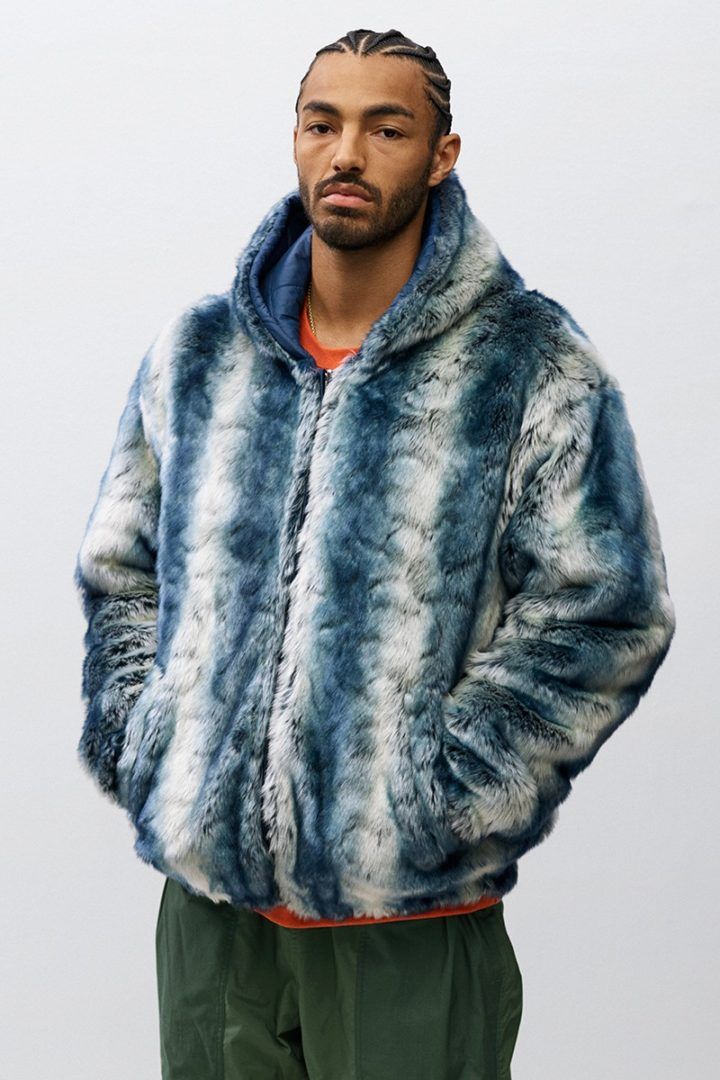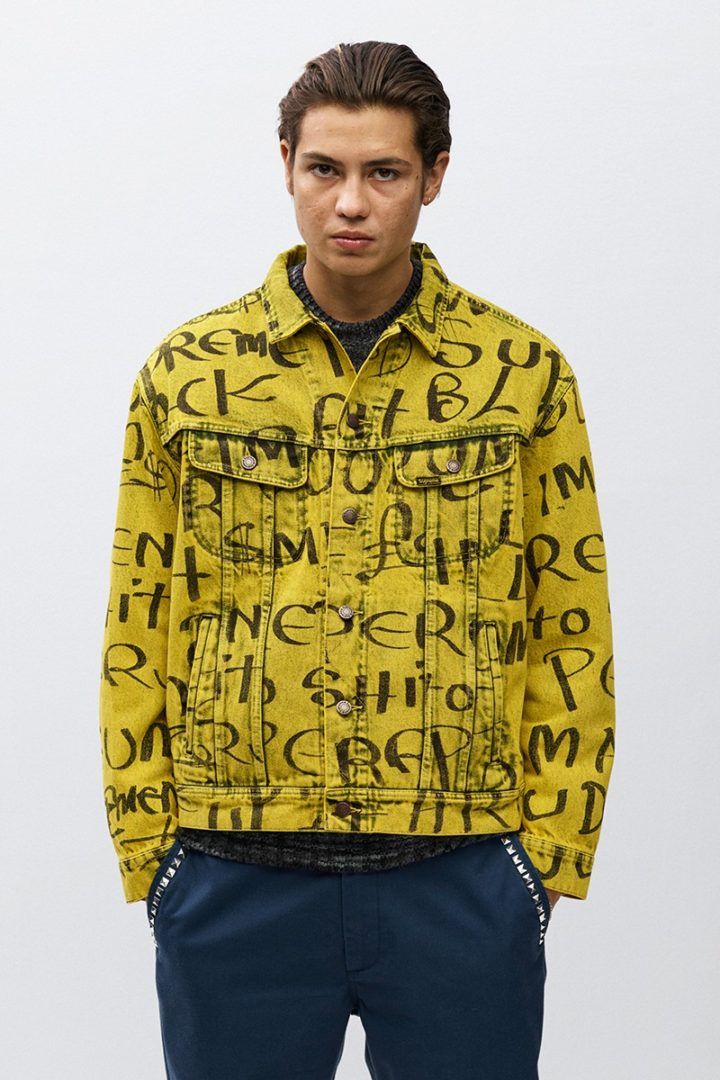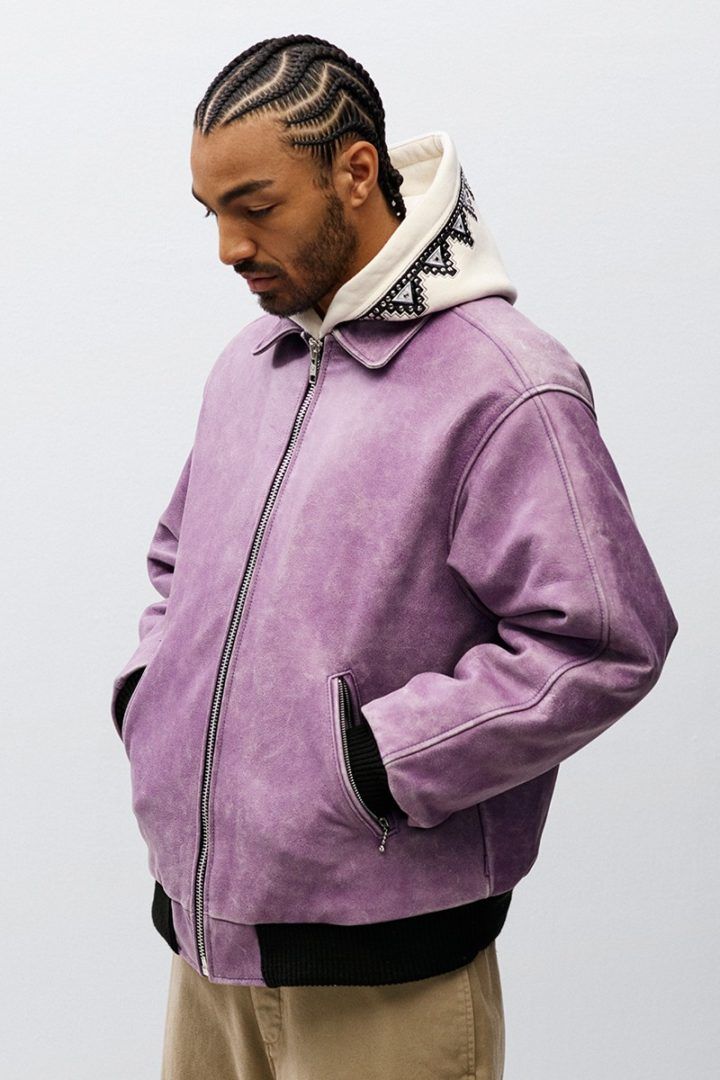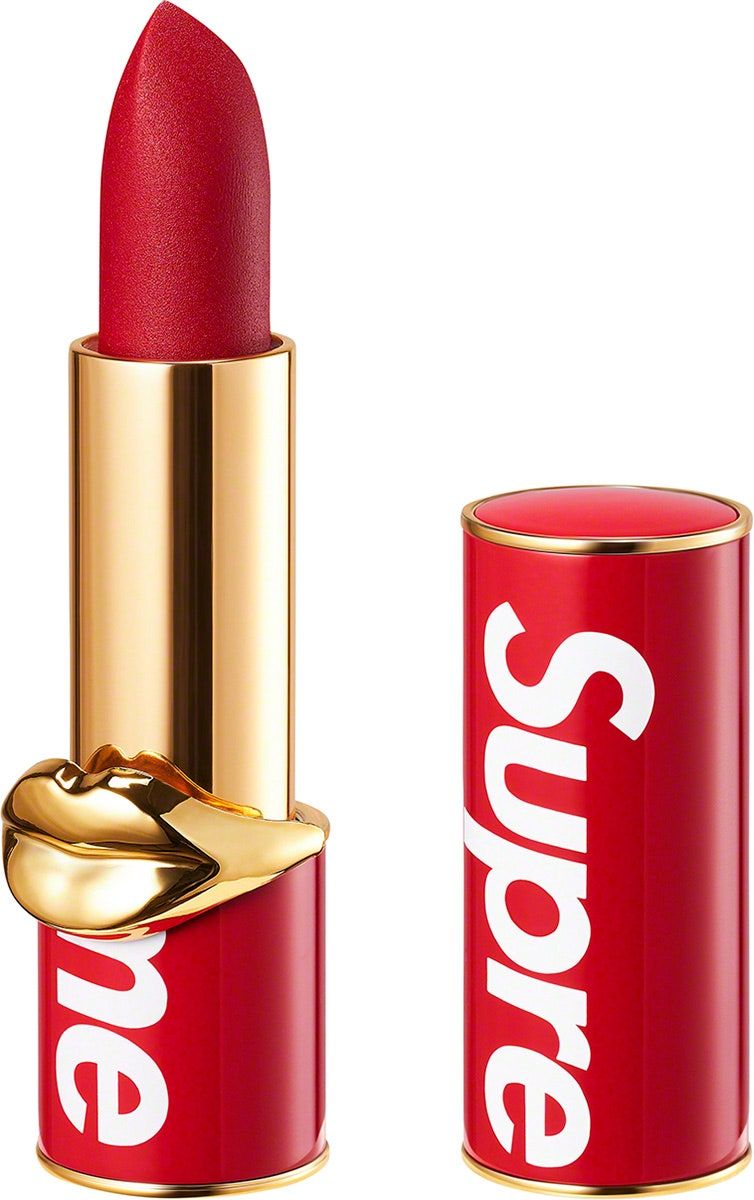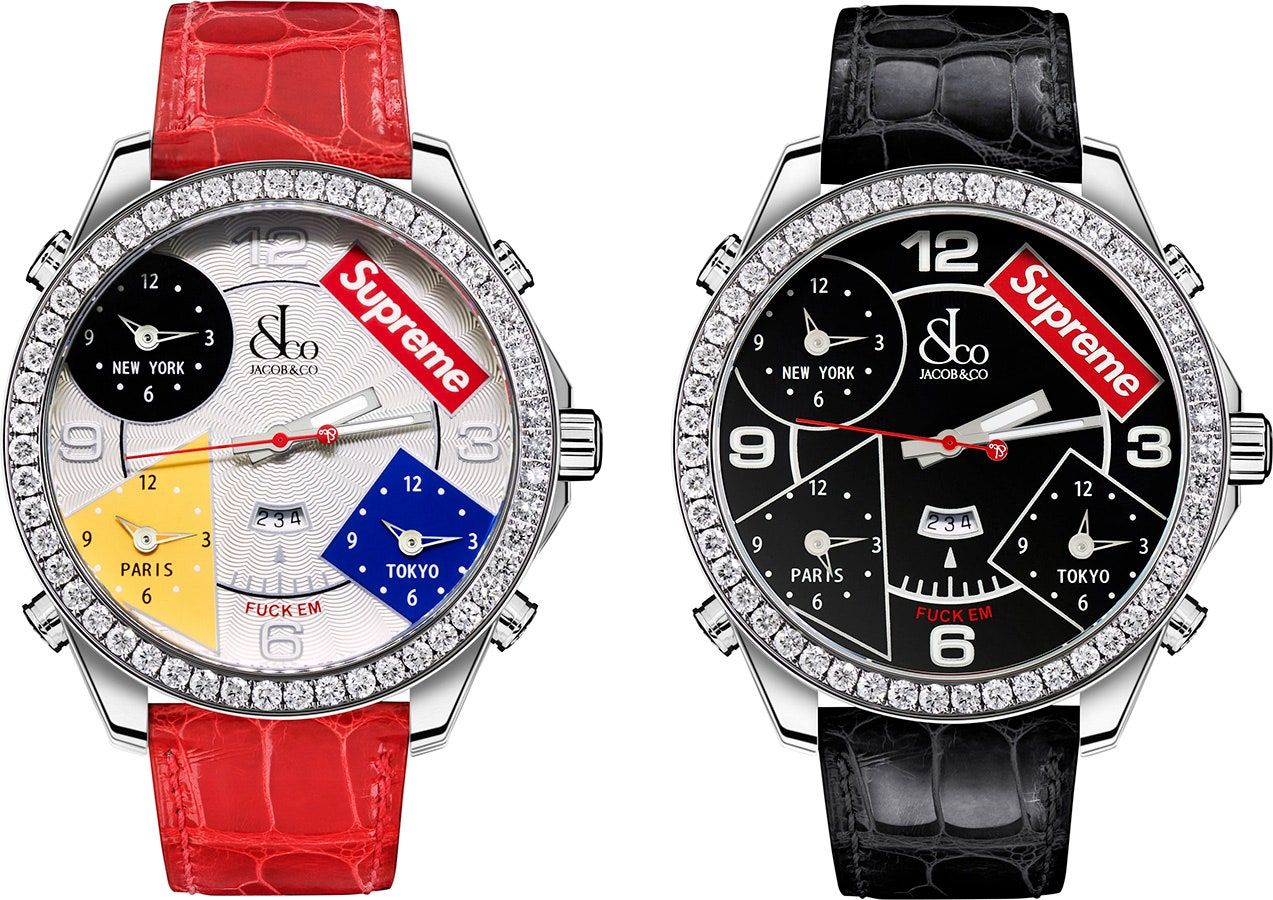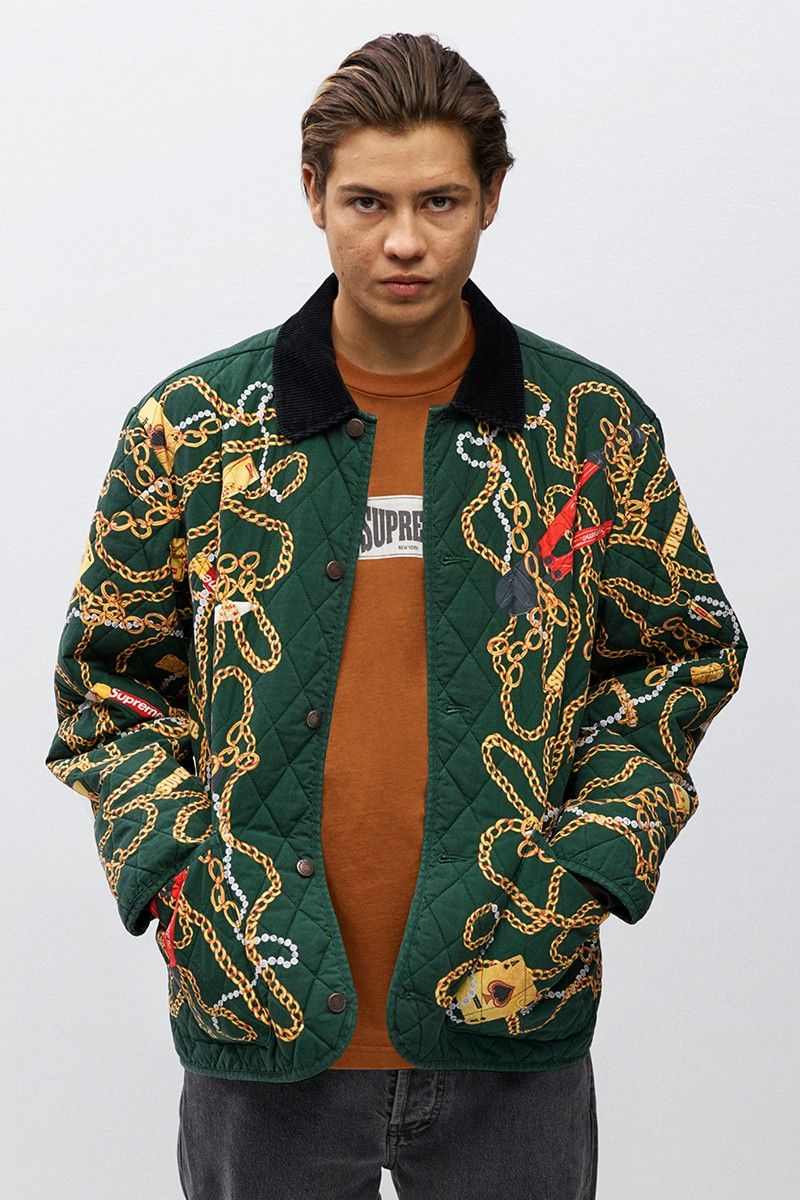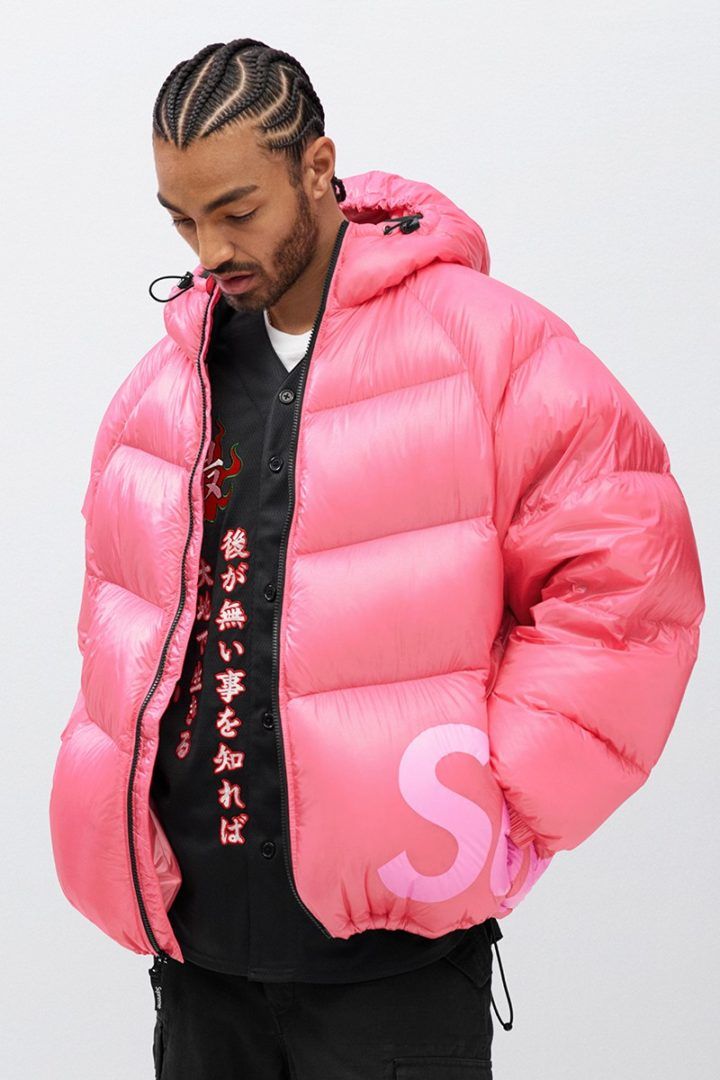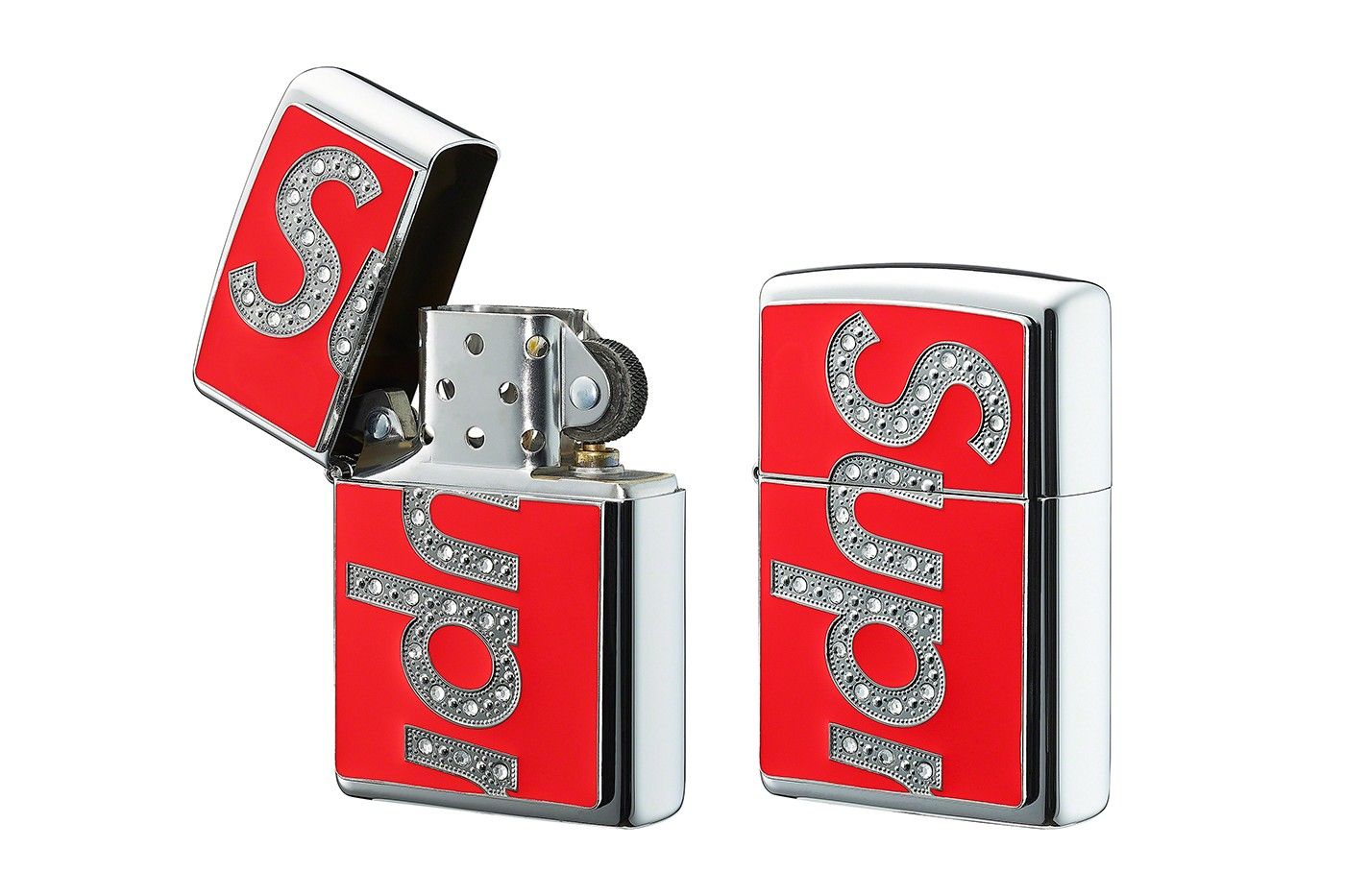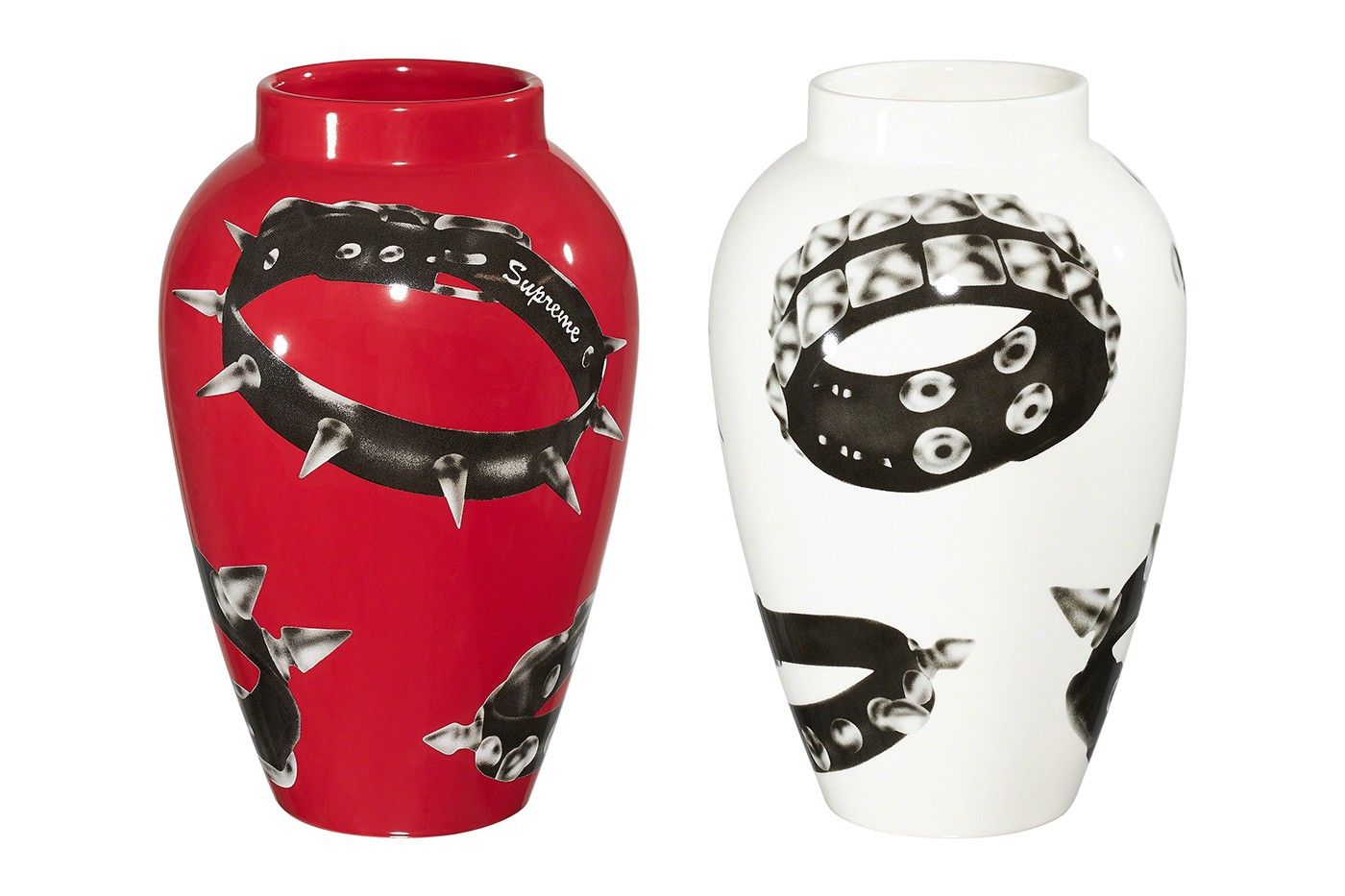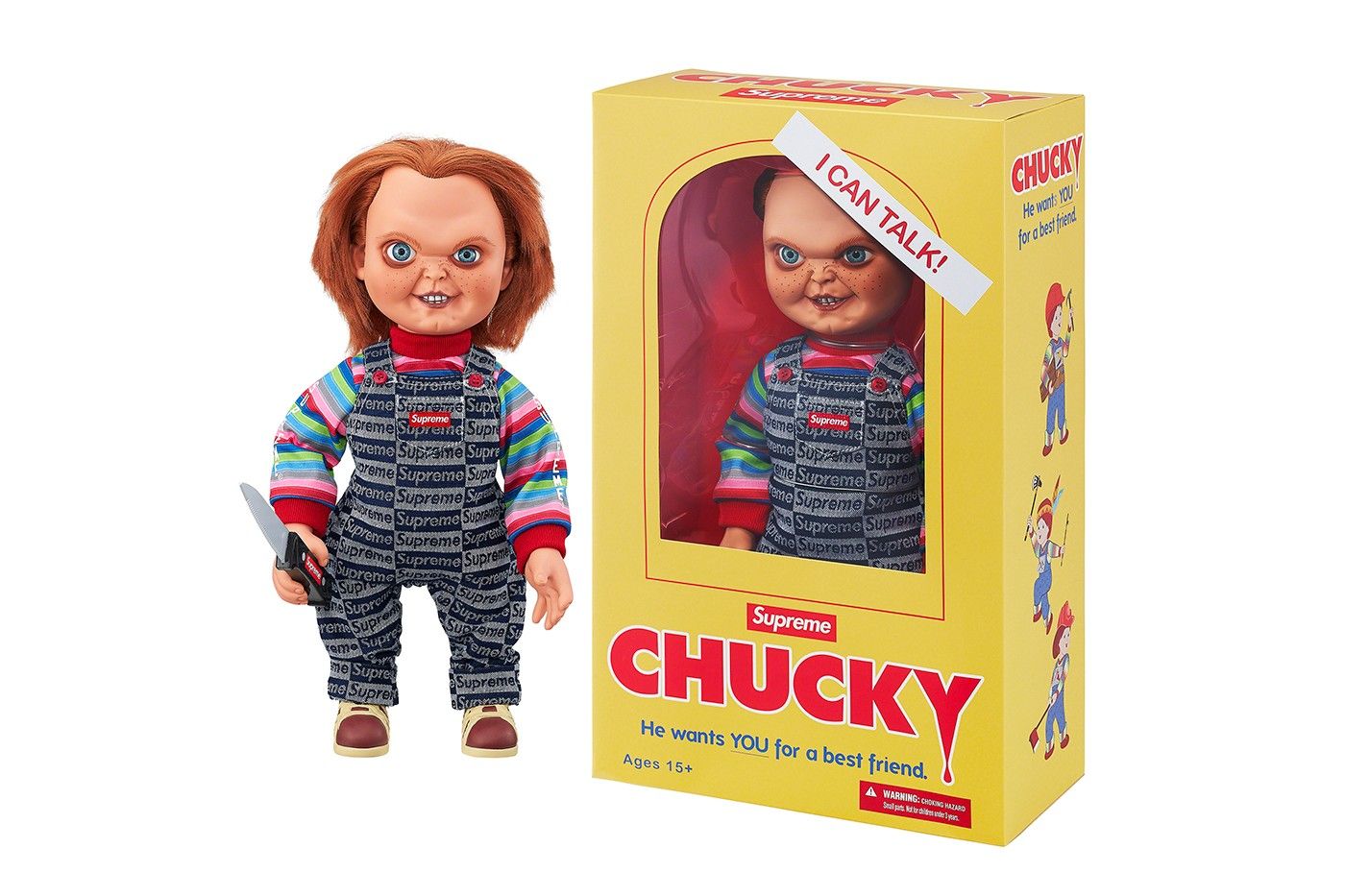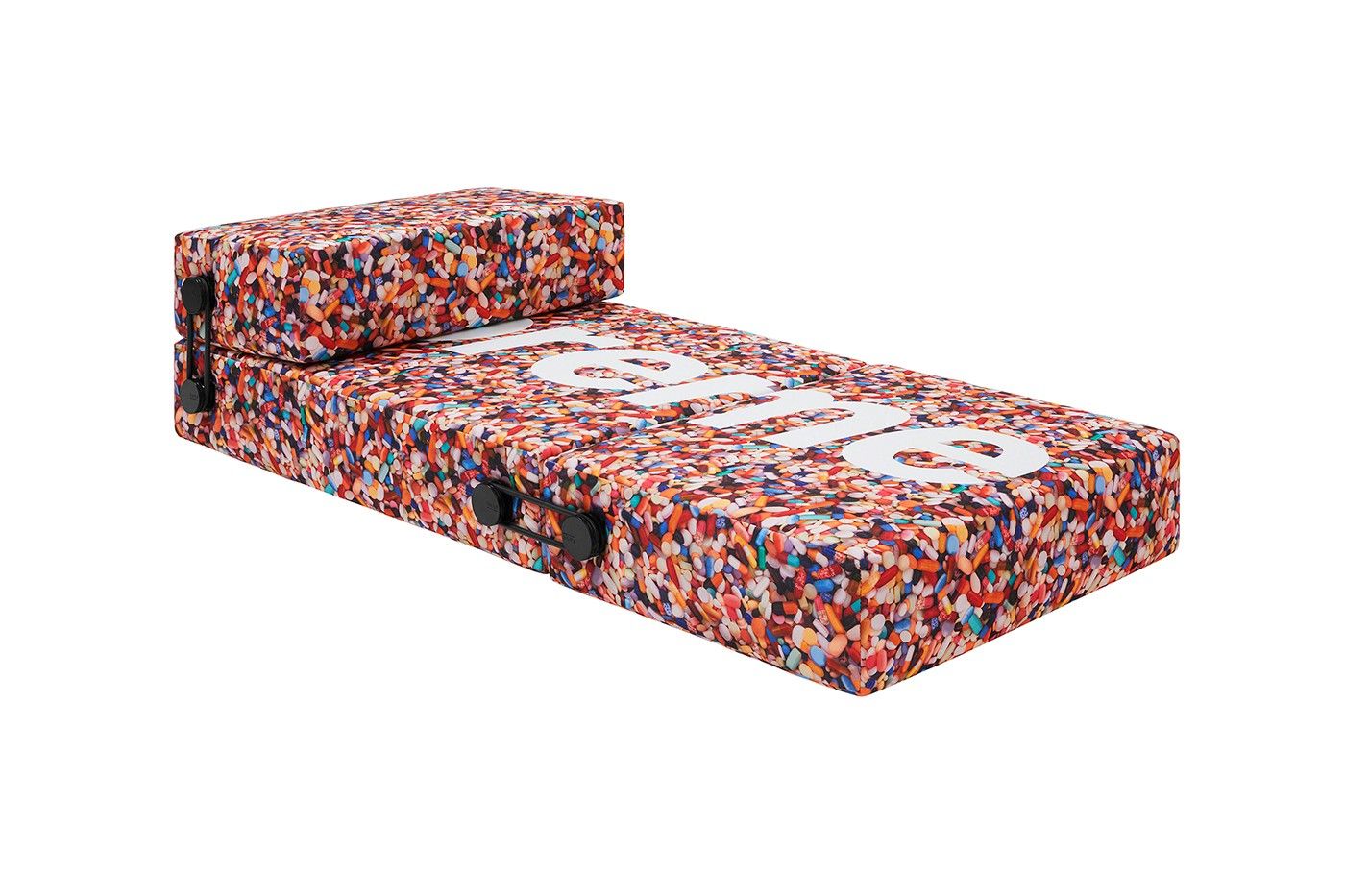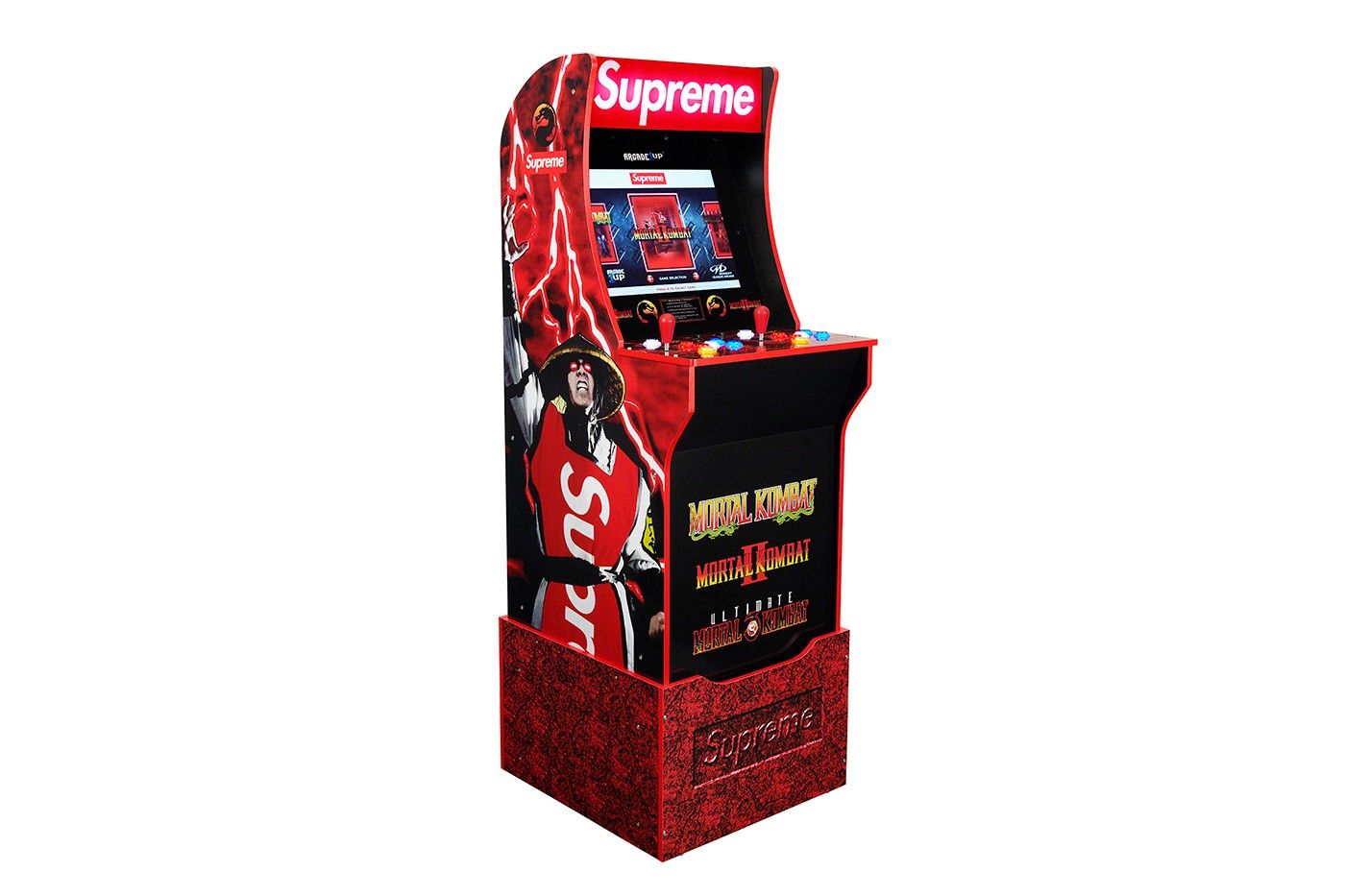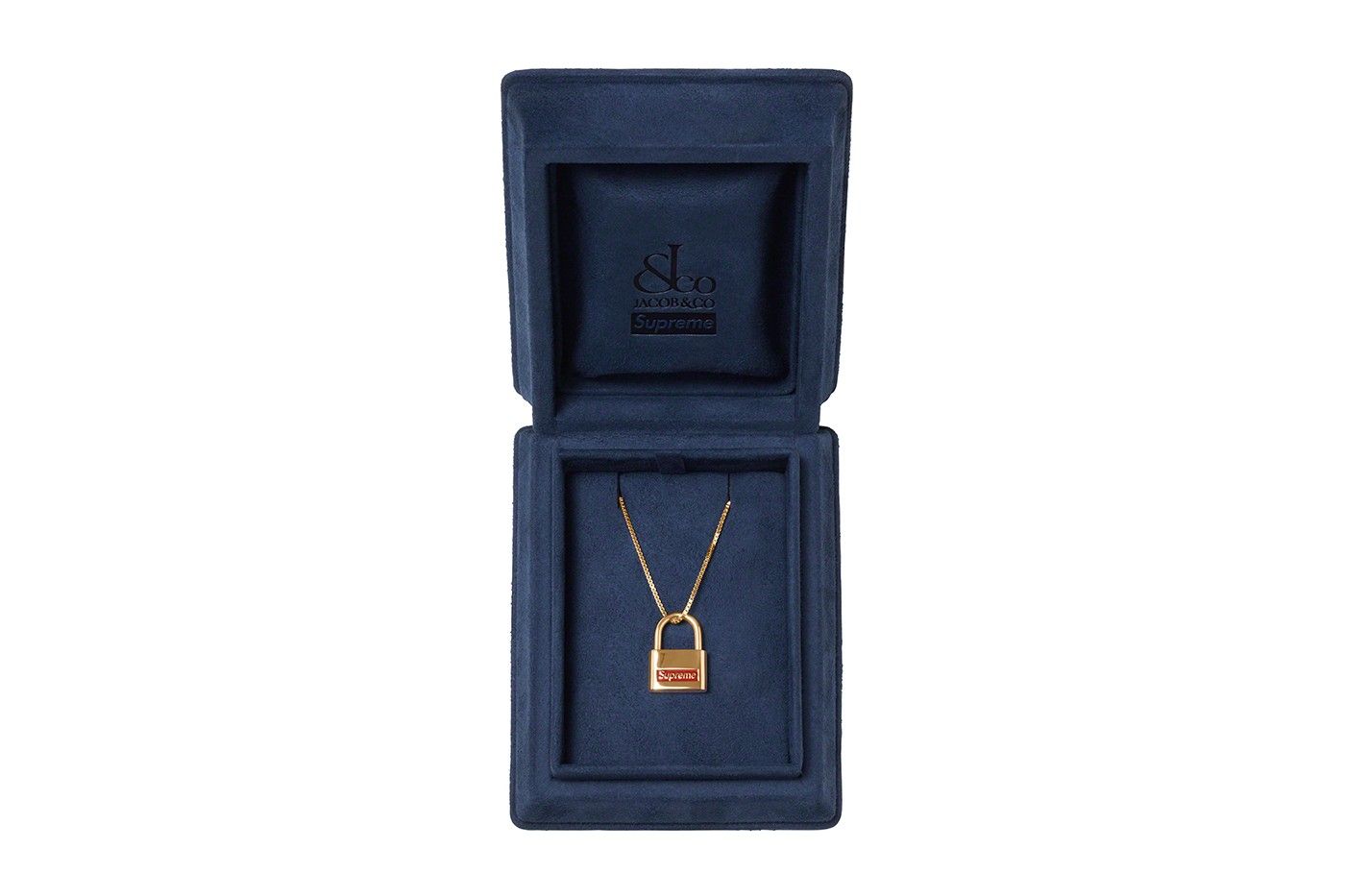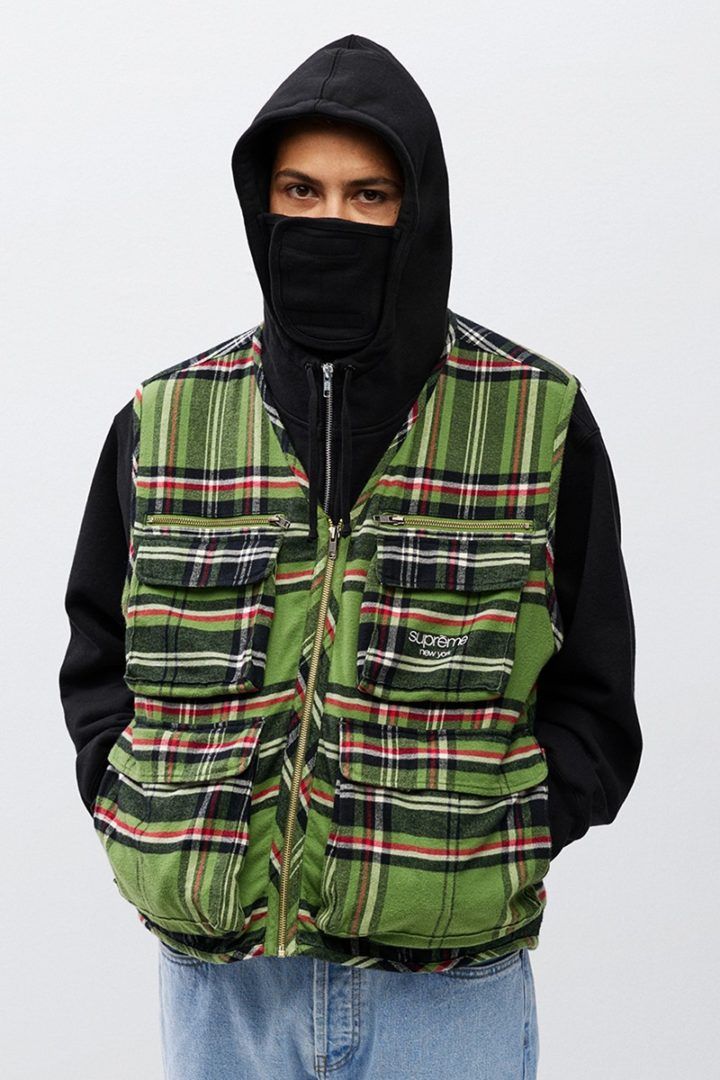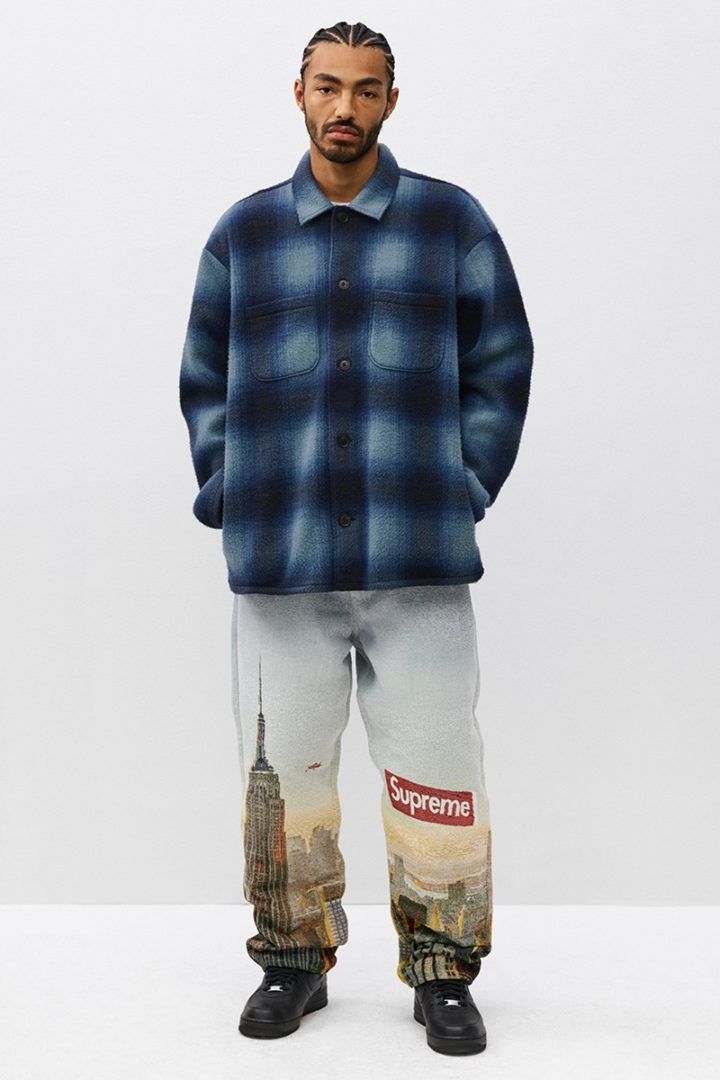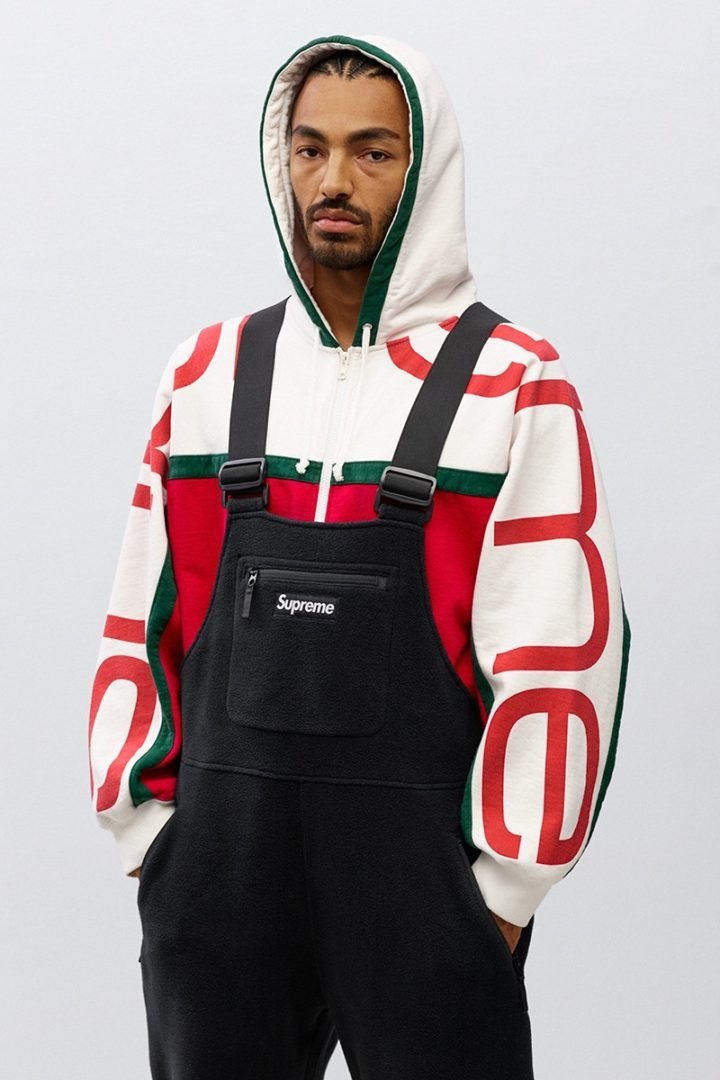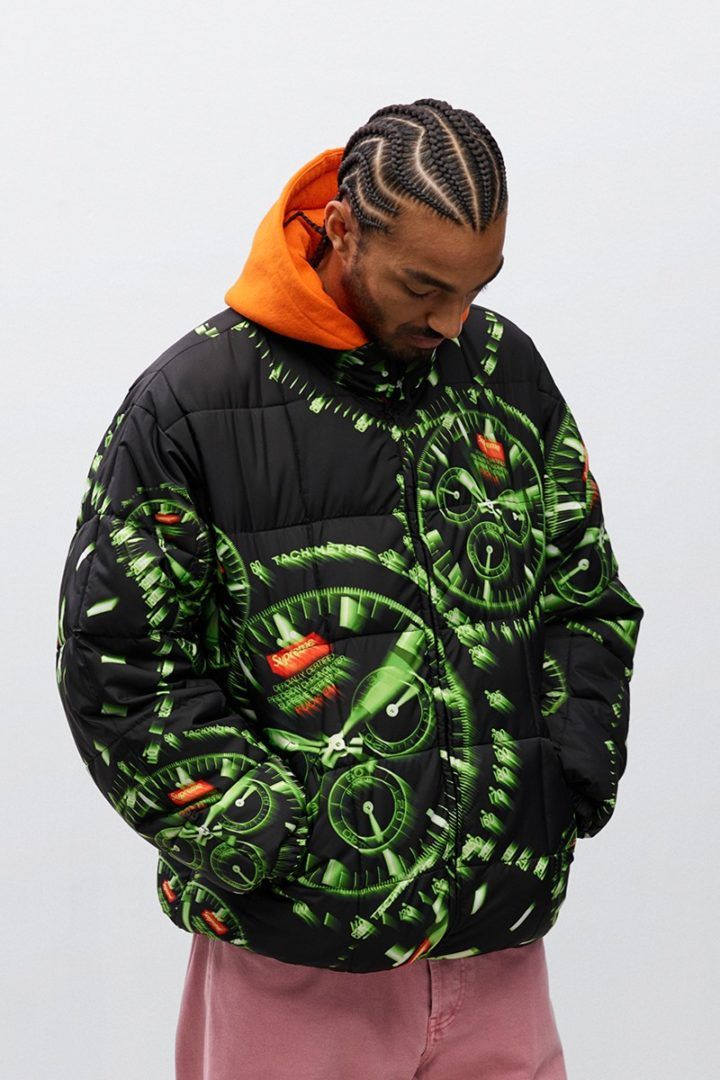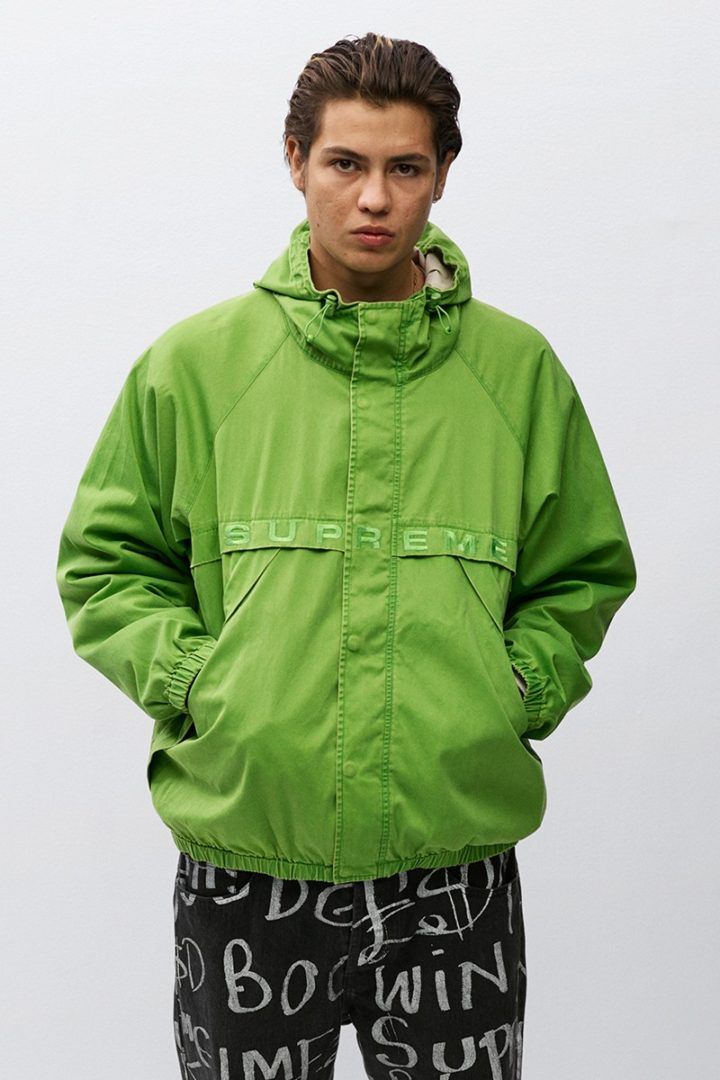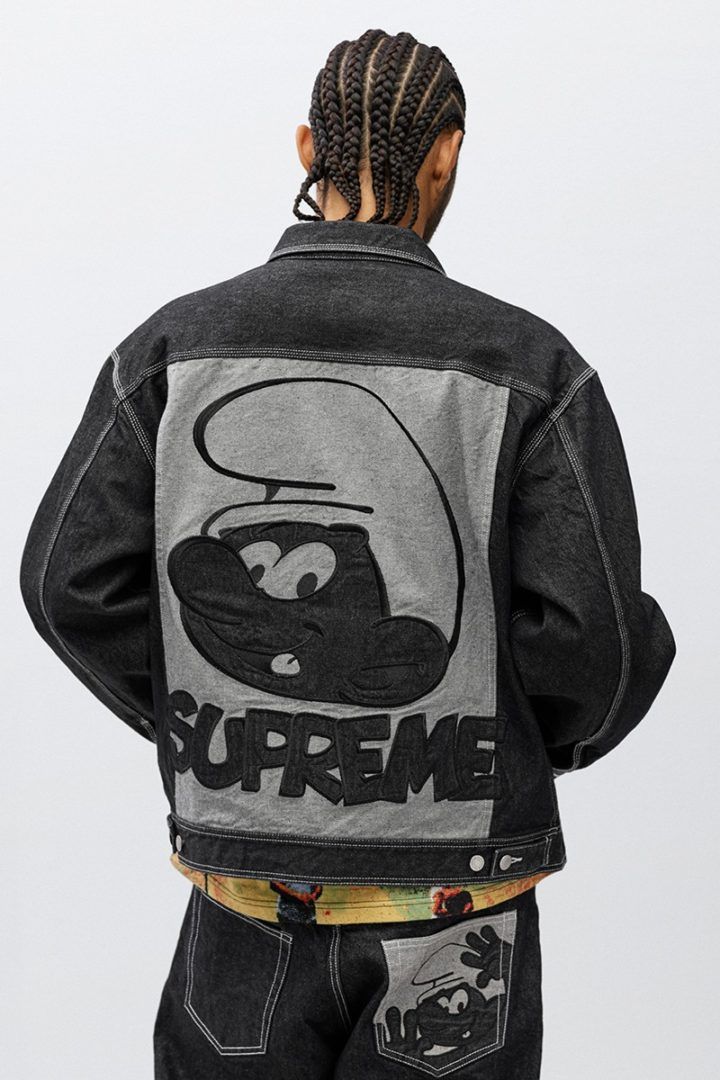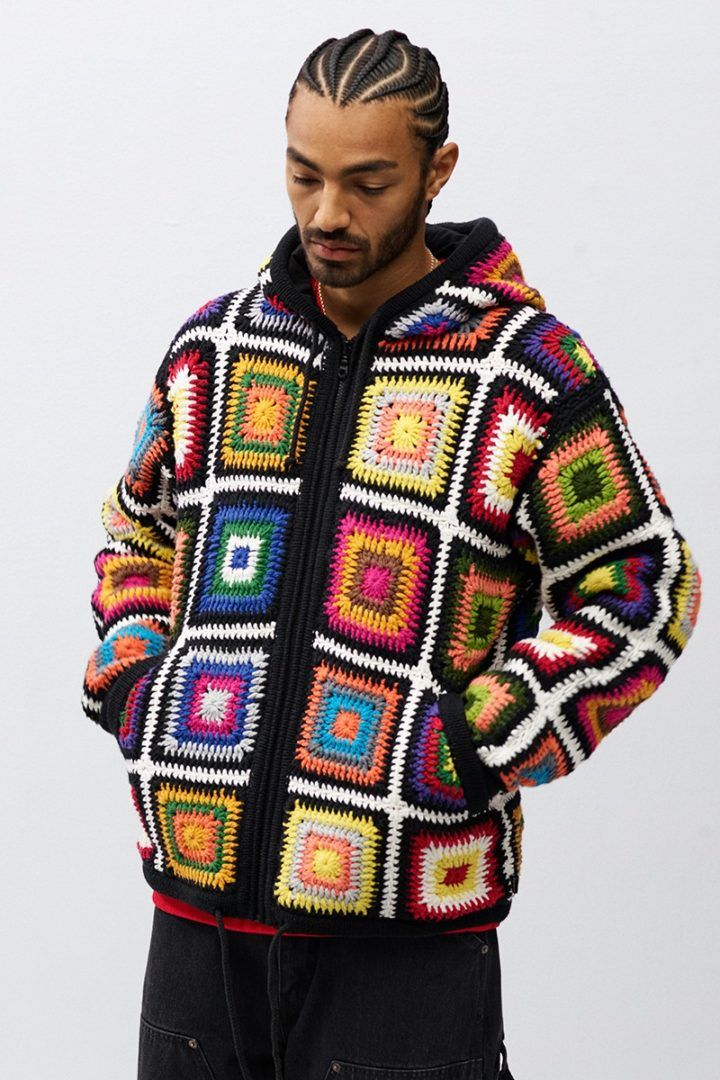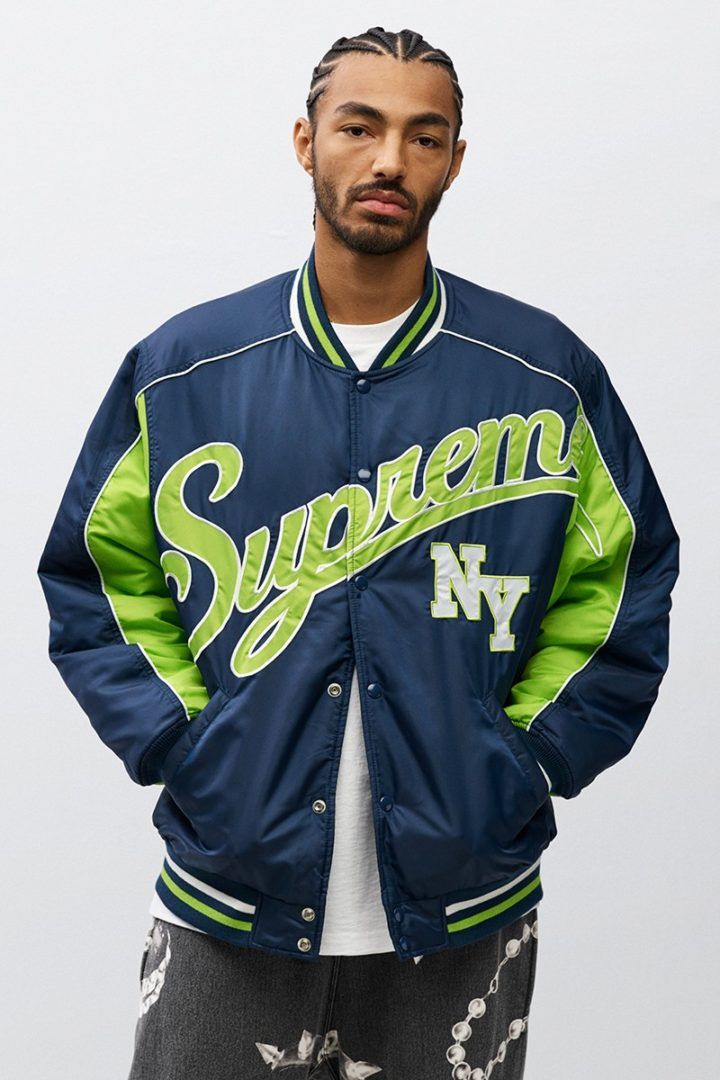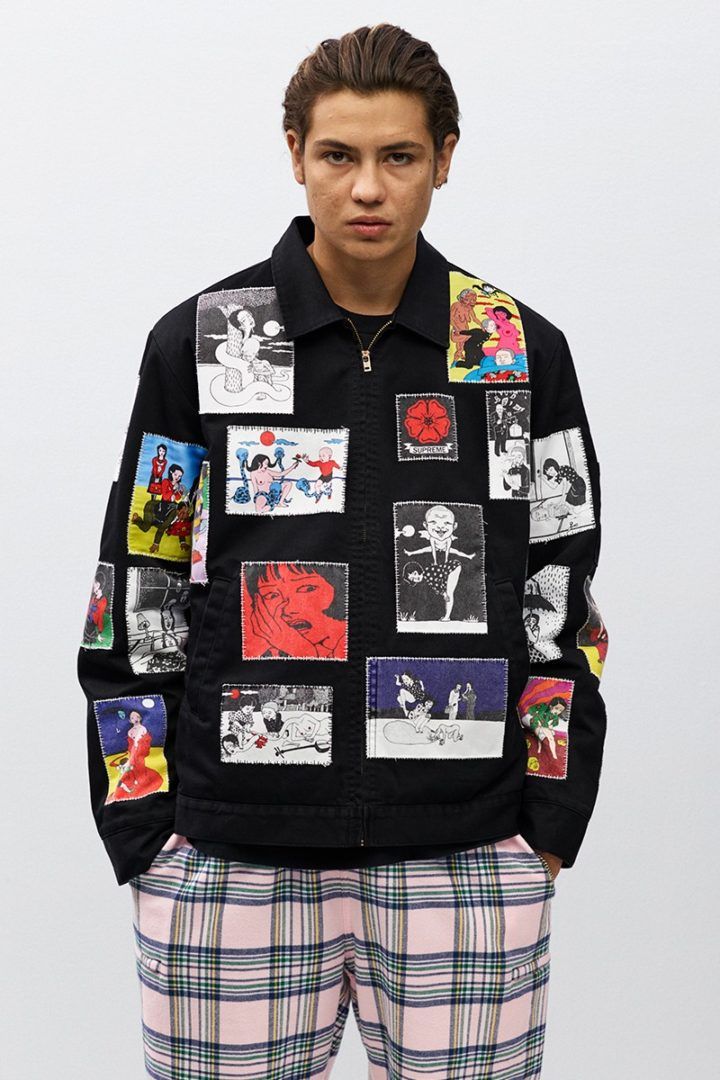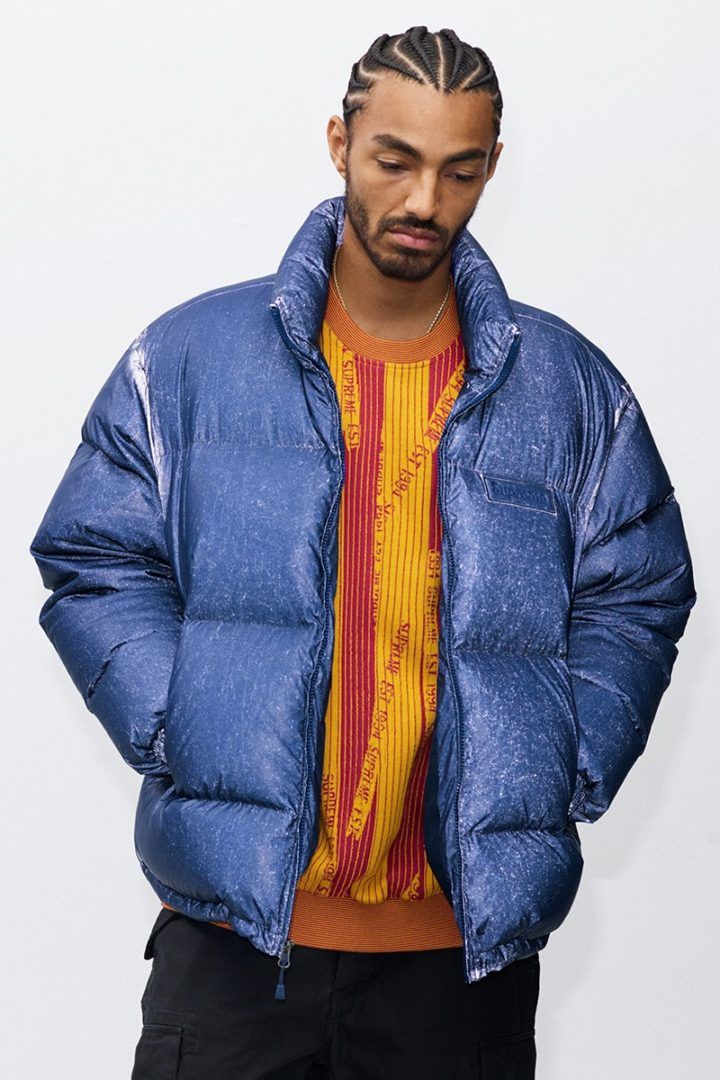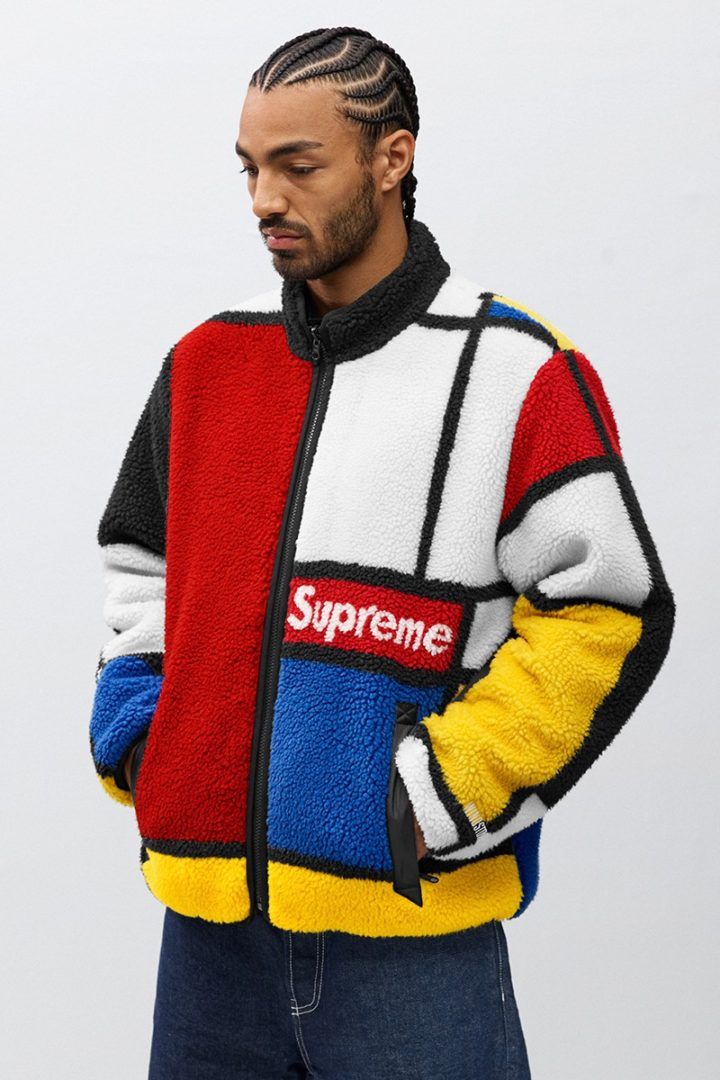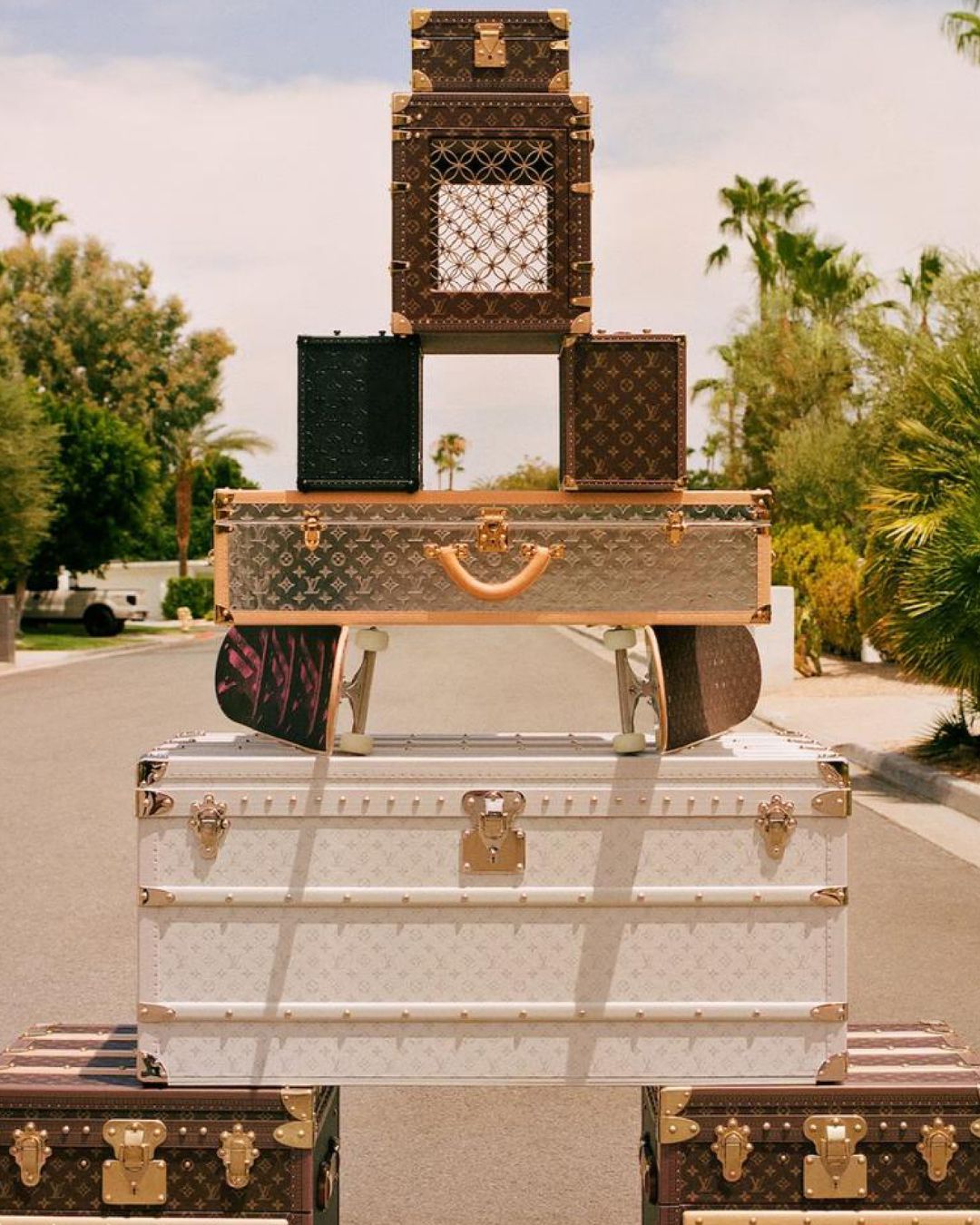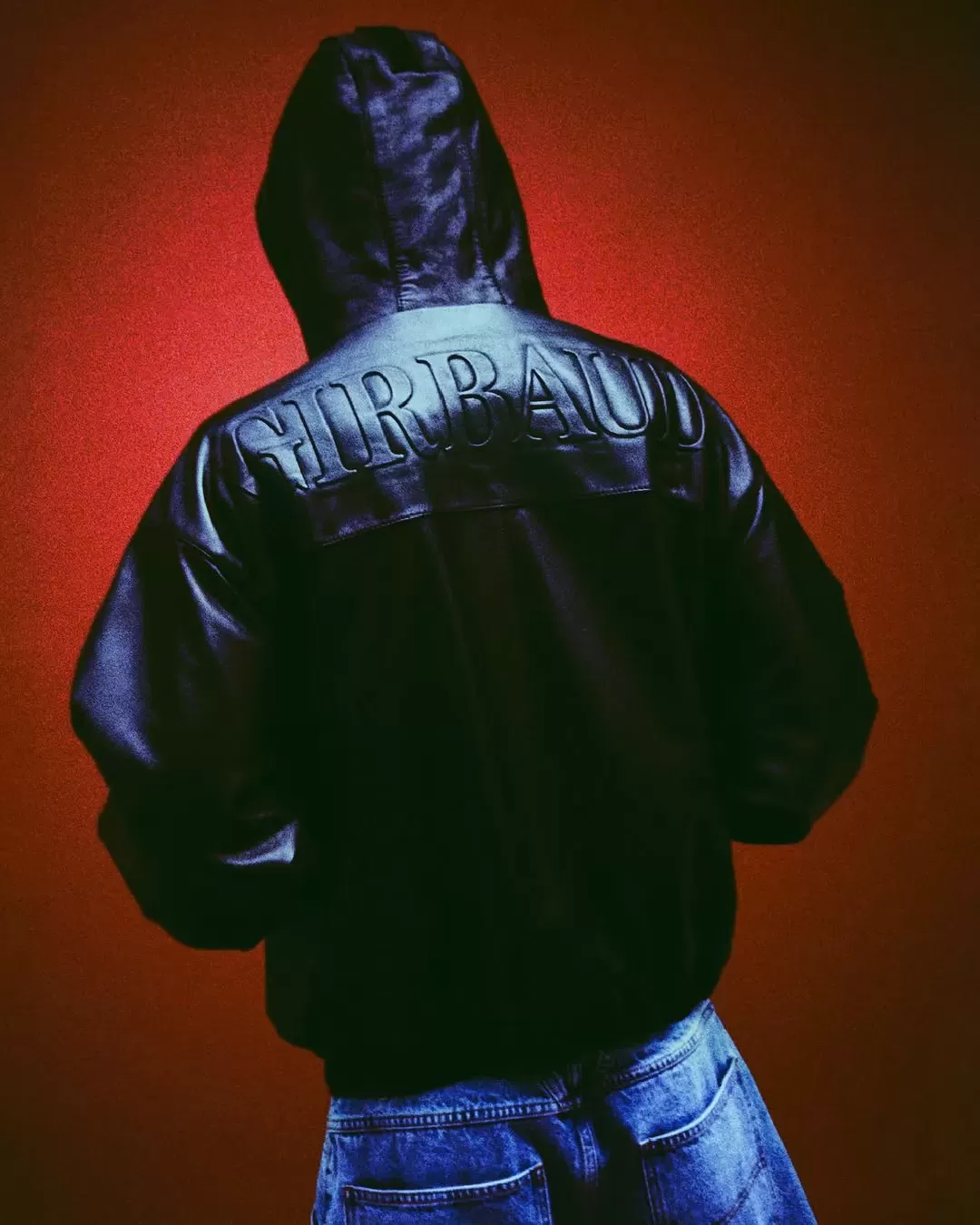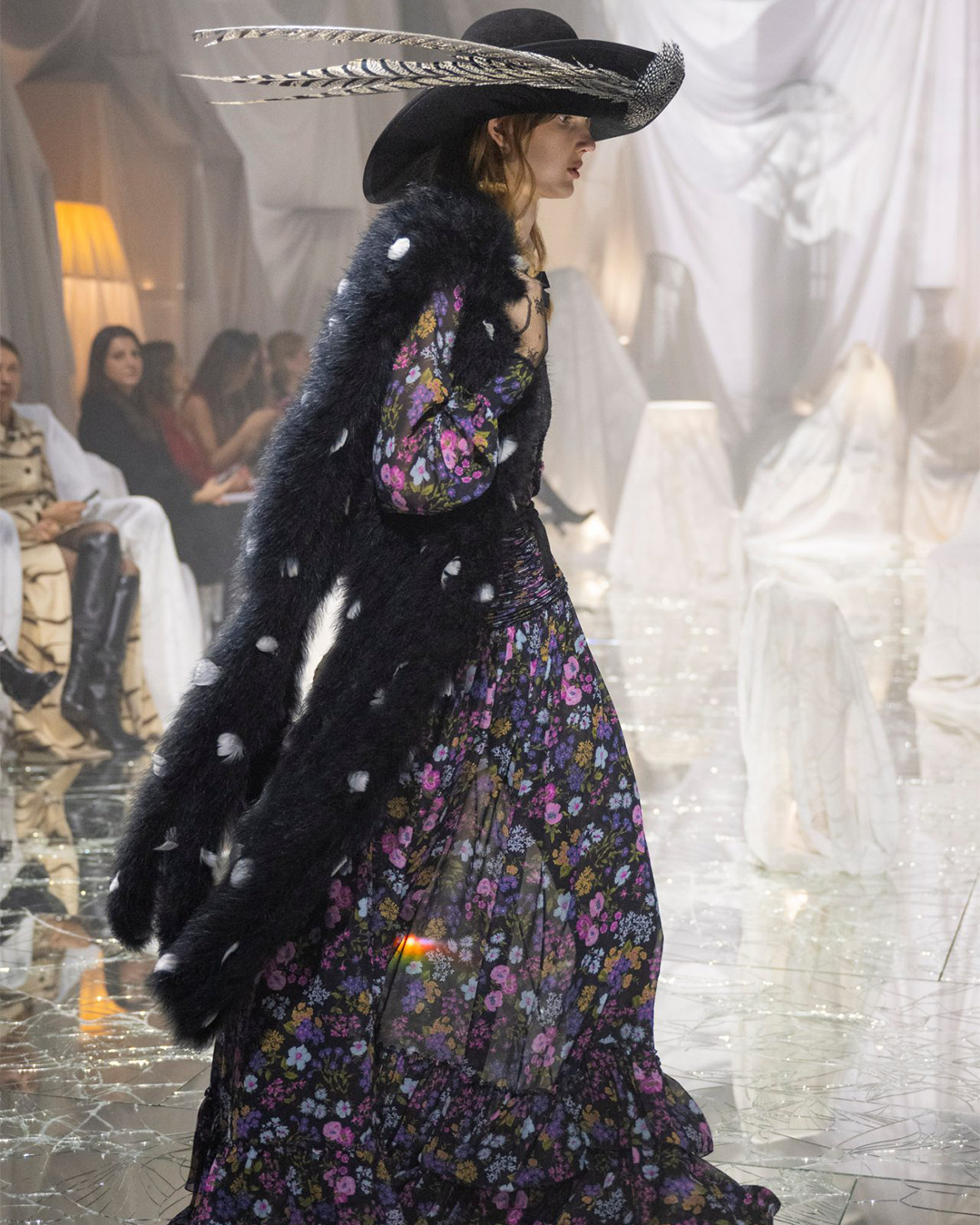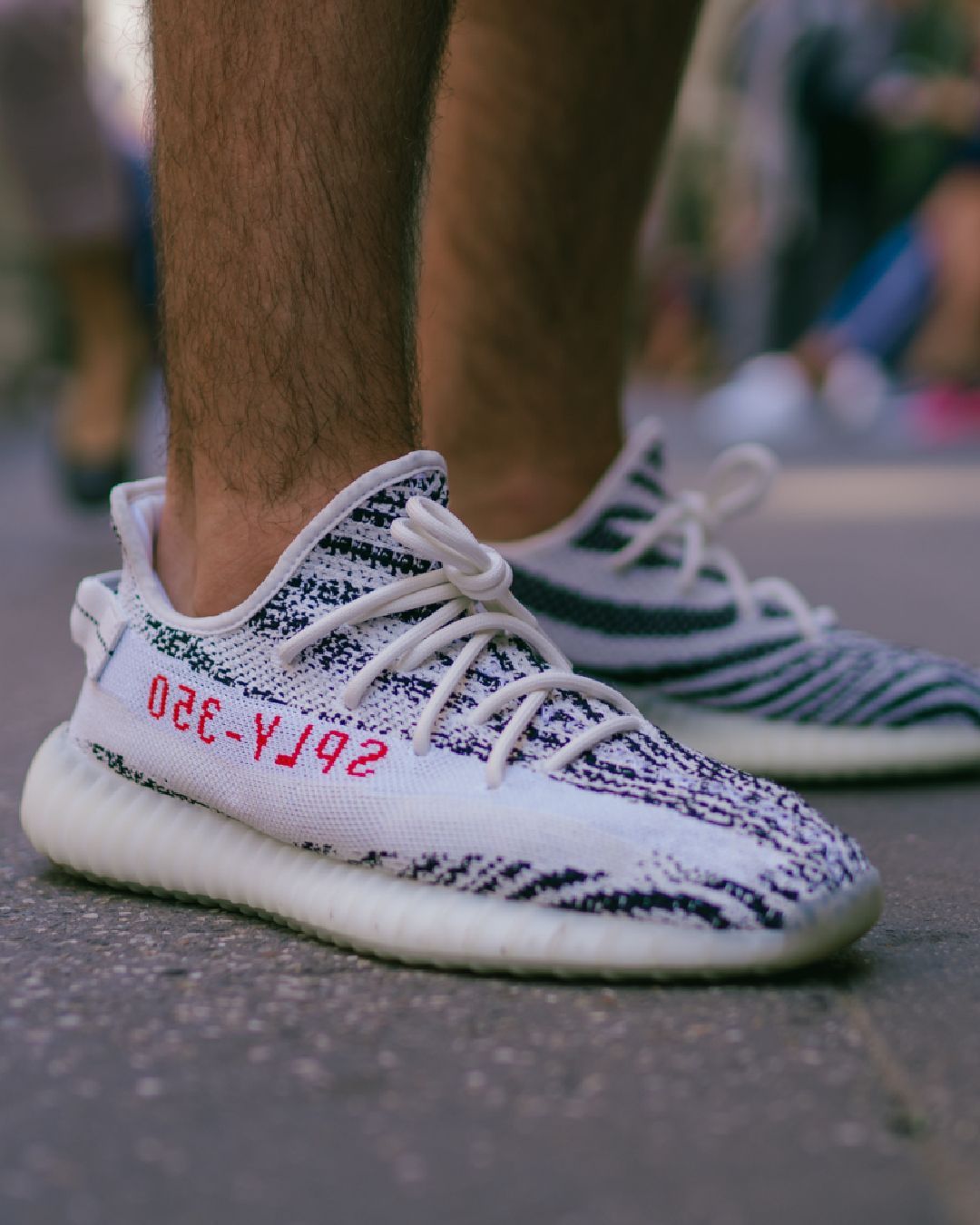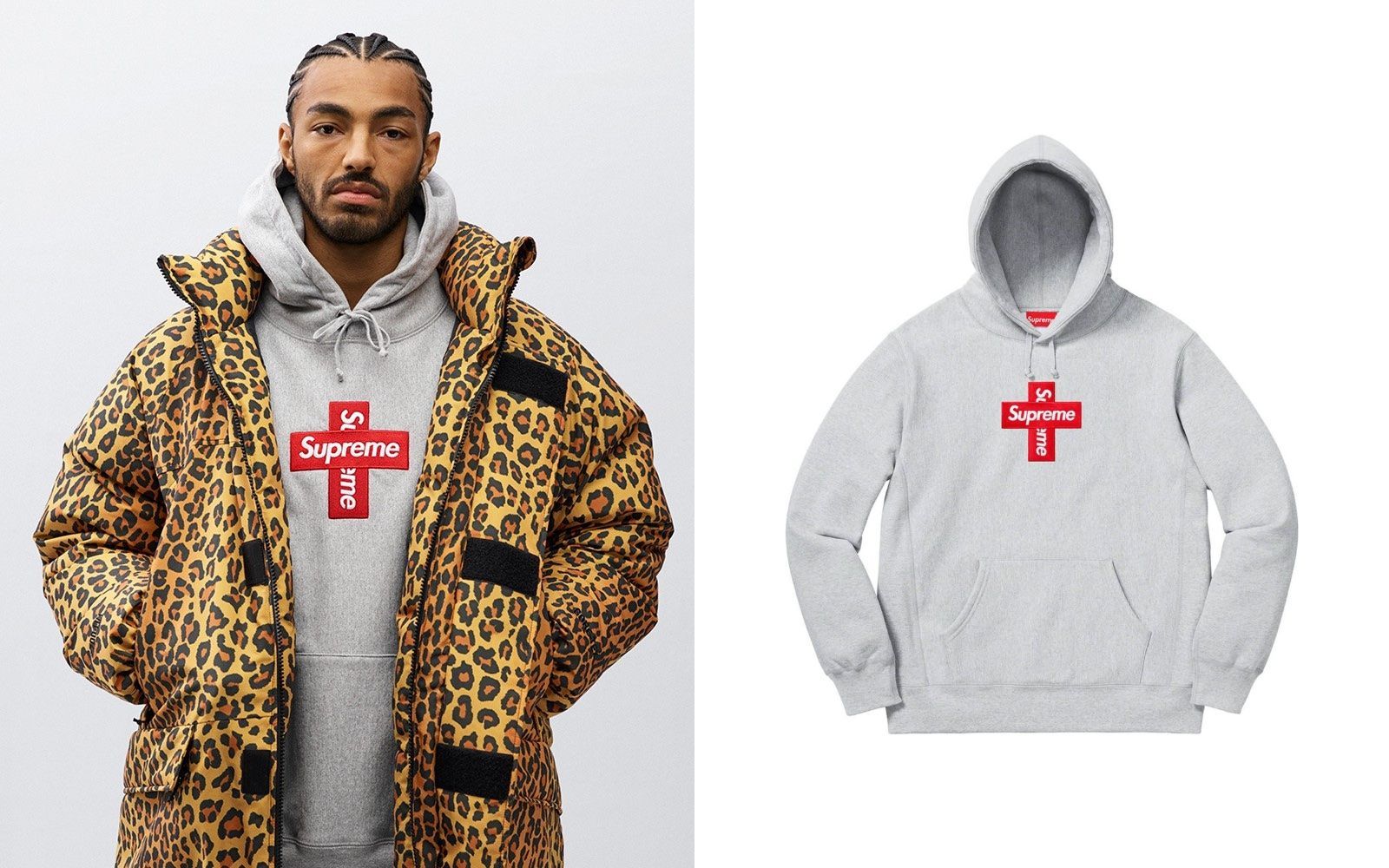
Is Supreme back at it? After two disappointing seasons and without the hype mechanism, the New York brand seems back to its roots
Just past August, while in Italy he was once again worrying about the increase in contagion and in the USA Trump declared war on TikTok, Supreme published the lookbook of its FW20 season - a collection that has garnered very positive reviews from fashion insiders and web communities thanks to its fun collaborations and the richness of a proposal that includes with a new spin all the staples of the American brand. More than for the singles, however, with its FW20 collection, James Jebbia's brand seems to have rediscovered that creative confidence that seemed to have lost in recent seasons, criticized for their repetitiveness and predictability and for the feeling that the cult brand had been resting itself on its laurels. But this time things went differently: the first drop of August 20 was literally raided in a few minutes (although some items still remain on the site) and the second, scheduled for the last weekend of August, was postponed to dispose of shipments of the first drop and avoid delays due to the pandemic.
In general, the most interesting thing is how the aura surrounding the brand is changing season after season: exhausted the frenzy of hypebeast of a few years ago, driven to buy uncritically the products of the brand only by virtue of its being in vogue, without more immediate sell-out caused by bots and automated systems and with the lower prices of resell, Supreme seems to have rediscovered its dimension of niche brand.
Why is this collection different?
Looking closely at the items presented in the preview of the collection you will find all the creative strands typical of Supreme: ironic collaborations, extremely peregrine and specific cultural references, bold graphics and re-interpretations of that New York aesthetic that distinguishes the very soul of the brand. The hoodie with two crossed Box Logos (already nicknamed cross-bogo on the Internet) is, for example, the classic "edgy" troll that looks almost like a fake and is probably inspired by last year's Supreme March staged in New York where a boxed cross was carried in procession. However, there are also pieces in The most classic style of Supreme: references to Kandinsky's works on a series of t-shirts and fleece in color blocking and those to the surreal art of the Godfather of Japanese Erotica, Toshio Saeki, painter, illustrator who passed away at the beginning of the year, embroidered on a harrington jacket and a hoodie; the varsity jackets, checkered shirts and shell jackets in pure Americana style, as well as a series of shirts, t-shirts and polo shirts that seem to come out of an episode of The Sopranos; the most tacky references to the sporting world with football and baseball jerseys decorated with Chinese graphics - all items whose iconography affers the New York street, its characters and its pastimes.
On the collaborations side, however, the collection recovers that wackiness that had definedthe Supreme's legendary accessories and collectibles in its golden age. If the recent feeling was that of a brand interested only in printing its logo on trivial objects such as toolboxes and kitchen scoops, the new lookbook has reserved some surprises. The first is definitely the Supreme x Pat McGrath Labs lipstick, an interesting hybrid of streetwear and beauty industry, a prestigious and significant collaboration for both brands involved presented with the typical Supreme campystyle. Among the other collabos - which lately had thrilled very little as in the case of Supreme x Lamborghini - stand out also unexpected names such as The Smurfs (which, to be honest, were not the most loved part of the collection, so much so that they survived the first post-drop raid), the watch and jewelry brand Jacob & Co. that created for Supreme a series of four-part steel watches and a padlock, Mortal Kombat who created an arcade, Colgate (yes, the toothpaste brand), Kartell and even a talking model of Chucky, the killer doll starring in the cult horror franchise of the same name Child's Play.
What's important here is how Supreme has reclaimed its role as an unofficial archive of a nostalgic, underground and somewhat fringe pop culture that underpins its vocation as a cross-cultural brand - symbolic of the very soul of its native New York. The brand's most modern tendency to dialogue with the world of luxury design will remain within future plans: according to some rumors, in fact, among the undisclosed collaborations of this season there will also be the legendary Japanese designer Yohji Yamamoto - who is not only an avant-garde designer whose Gothic aesthetic is loved by a small number of acolytes but is also one of the pioneers of collaborations between luxury sports and sportswear , having launched its Y-3 line together with adidas in 2002.
The future of the brand
The next three years will be crucial to understand the new direction and the definitive identity that Supreme intends to take on as a brand. Its mission is undoubtedly to find a balance between the commercial success and cultural ethos that has distinguished Jebbia's brand since its humble beginnings - when it was the Mecca of the New York skater community. During the lockdown, the brand maintained an attitude in line with its original spirit: it did not stop the drops, kept away from the chaotic fuss that was the conversation about the future of fashion and the end of the hype and played its game. In short, the brand has remained faithful to its autarchic attitude, despite the certainties on which the mechanism of hype and cultural changes within the fashion world seemed increasingly irremediable.
Just before the summer, many were ready to bet on the decline of the New York brand when items on sale appeared on the site, something that hadn't happened since 2014. In short, many clues suggested a crisis of creativity and image of the brand that after being bought in 2017 for 500 million from the Carlyle fund and riding the wave of hype, struggled to find both a consistent positioning in the luxury streetwear market and its omnivorous and irreverent soul typical of a skate brand born on the street. Now, however, Supreme seems to have taken over the helm of its creativity after seasons spent hostage to his own success. To put it in Jebbia's words:
“If people’s taste and style change radically, I’m not really sure. That would mean that we’re not evolving”.













































